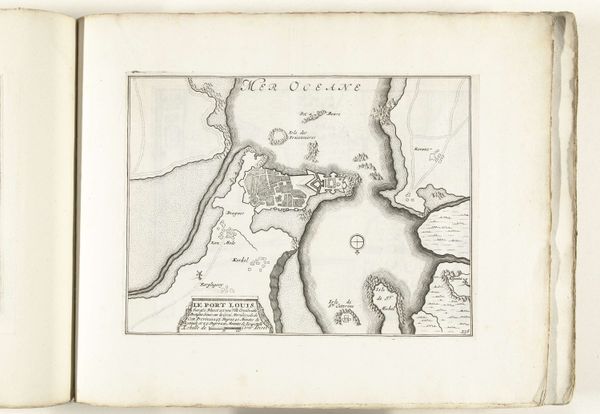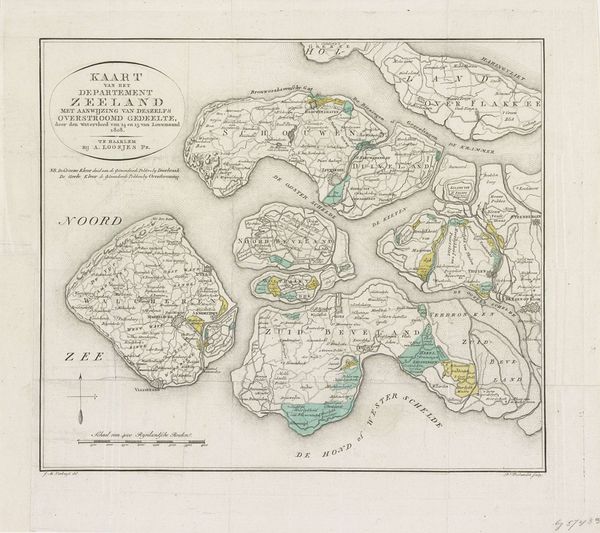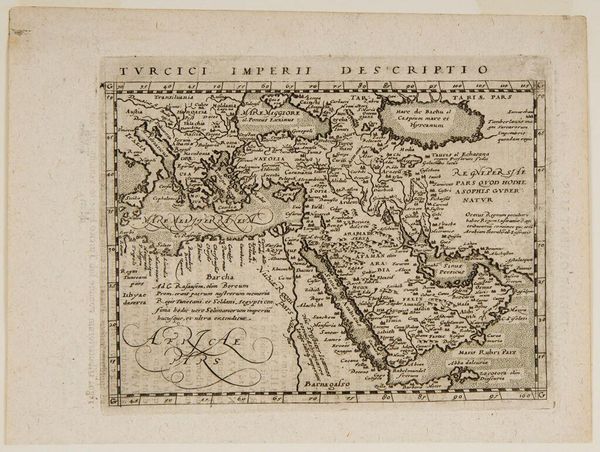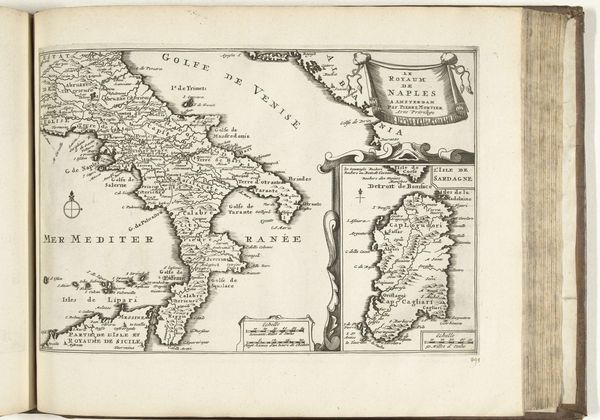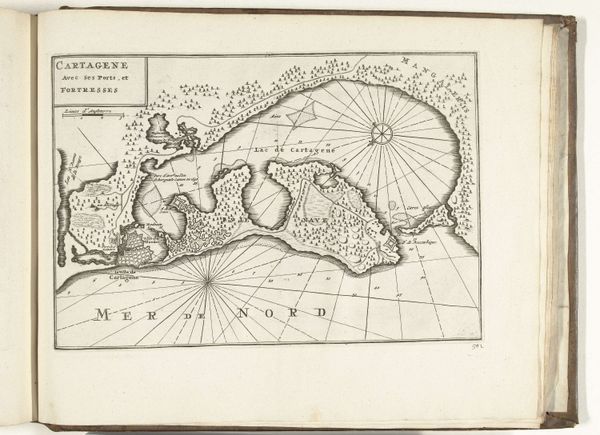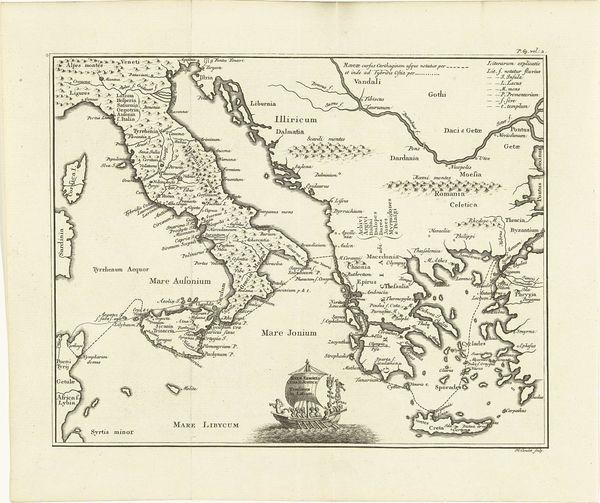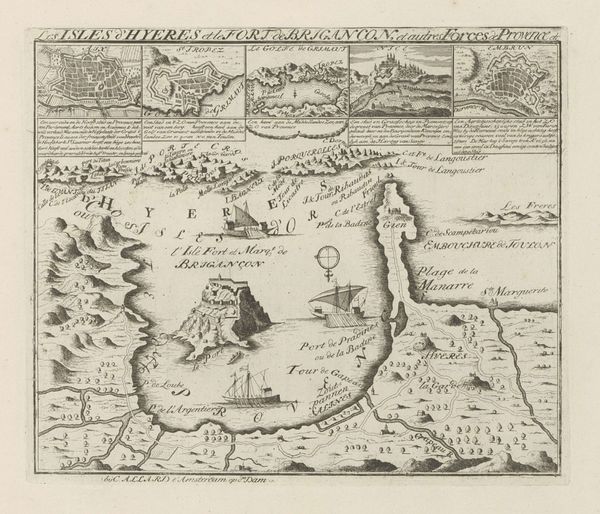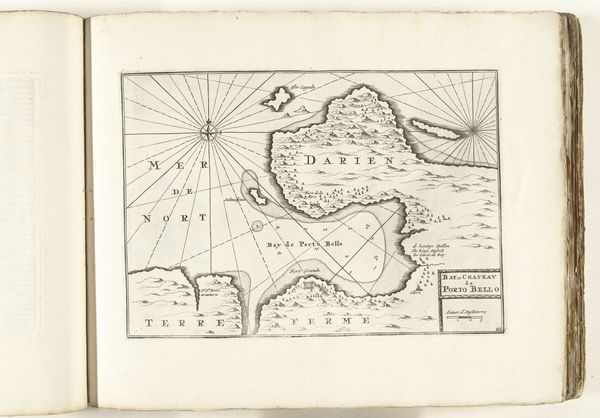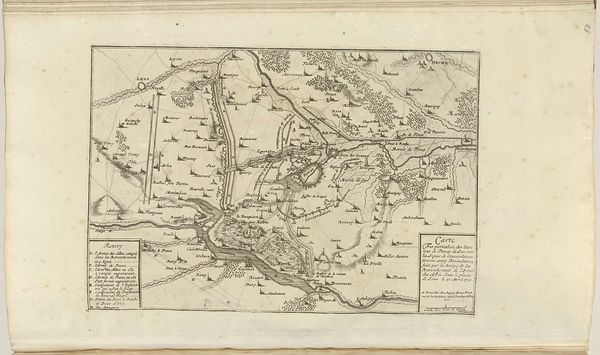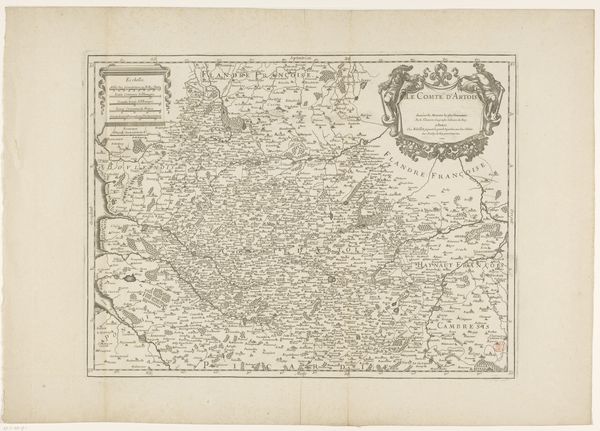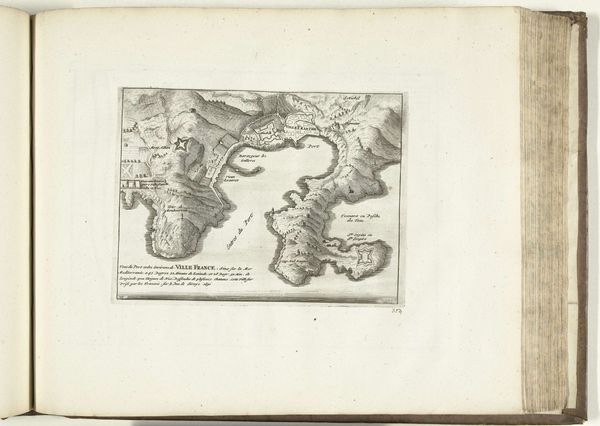
print, engraving
#
baroque
# print
#
cityscape
#
engraving
Dimensions: height 247 mm, width 280 mm
Copyright: Rijks Museum: Open Domain
Abraham Allard’s “Cadiz” is an engraving, printed sometime around the turn of the 18th century. Consider the labor involved. Not just Allard’s work at the printing press, but also the surveyors who mapped the territory in the first place. The copperplate engraving process is itself intensive: the image is incised into a metal plate, inked, and then pressed onto paper. This allows for many identical copies to be made, in contrast to the uniqueness of a drawing or painting. The decision to render Cadiz in this way speaks to the rise of both scientific cartography, and the growth of mercantile capitalism. Accurate maps were essential for navigation, trade, and military strategy, making Allard’s print a valuable commodity. The depiction of Cadiz, a crucial port city, is not just a picture but a tool of empire. Engravings like this collapse the distinction between art object and utilitarian artifact. They remind us that all images are produced through specific processes, reflecting the social and economic conditions of their time.
Comments
No comments
Be the first to comment and join the conversation on the ultimate creative platform.

